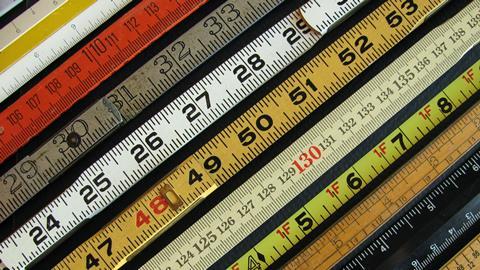
The following two types of scales are used in surveying:
(i) Plain Scale
(ii) Diagonal Scale.
Plain Scale
On a plain scale it is possible to read two dimensions directly such as unit and tenths. This scale is not drawn like ordinary foot rule (30 cm scale). If a scale of 1 : 40 is to be drawn, the markings are not like 4 m, 8 m, 12 m etc. at every 1 cm distance. Construction of such a scale is illustrated with the example given below:
Example1: Construct a plain scale of RF = 1/500 and indicate 66 m on it.
Solution. If the total length of the scale is selected as 20 cm, it represents a total length of 500 × 20 = 10000 cm = 100 m. Hence, draw a line of 20 cm and divide it into 10 equal parts. Hence, each part correspond to 10 m on the ground. First part on extreme left is subdivided into 10 parts, each subdivision representing 1 m on the field. Then they are numbered as 1 to 10 from right to left If a distance on the ground is between 60 and 70 m, it is picked up with a divider by placing one leg on 60 m marking and the other leg on subdivision in the first part. Thus field distance is easily converted to map distance.


